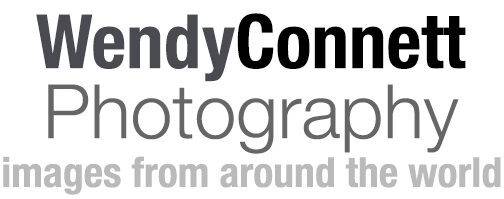When COVID-19 hit in mid-March and New York City shut down, I started photographing an empty Manhattan. It was not only to document the impact of the pandemic, but also a way to try and make sense of it all. I was particularly drawn to Times Square. Prior to the pandemic, like most New Yorkers, I avoided it. But in 2020 Times Square became for me a barometer of where the country stood and I visited it repeatedly.
As the global crisis unfolded corporate advertising on its massive electronic billboards was replaced with eerie CDC warnings. Soon after, messages thanking essential and frontline workers appeared. Following the murder of George Floyd and the protests for social justice across the country and world, Black Lives Matter appeared on the towering billboard of One Times Square.
Adding to the apocalyptic look of a Times Square devoid of tourists and commuters was storefronts covered in plywood. In the early days of the virus emptying the streets, some retailers began boarding up their windows. Most of Times Square, like the rest of city, was boarded up following citywide looting in early June and again in the days leading up the presidential election, emphasizing the toxic political environment that led up to it, and a deeply divided country.
